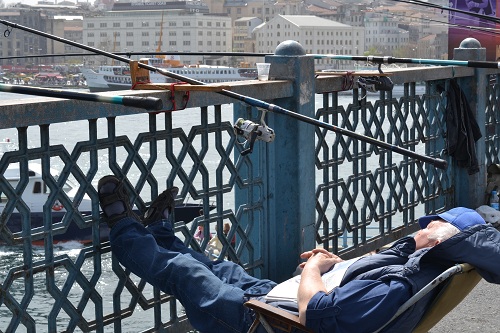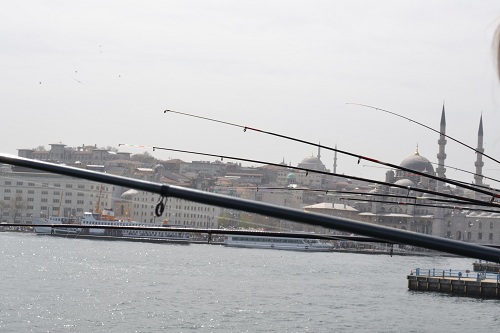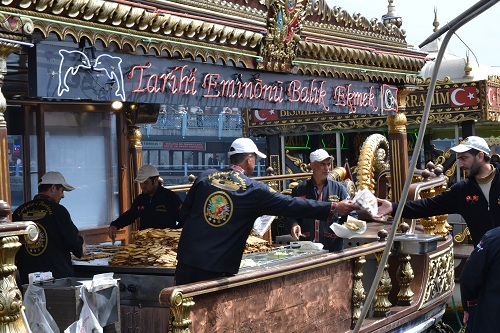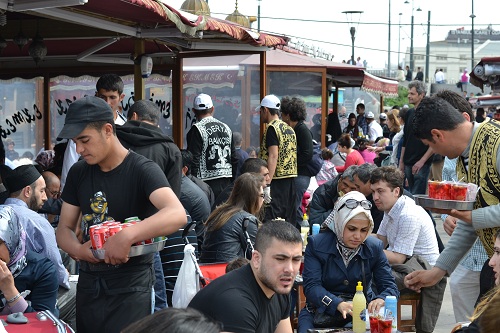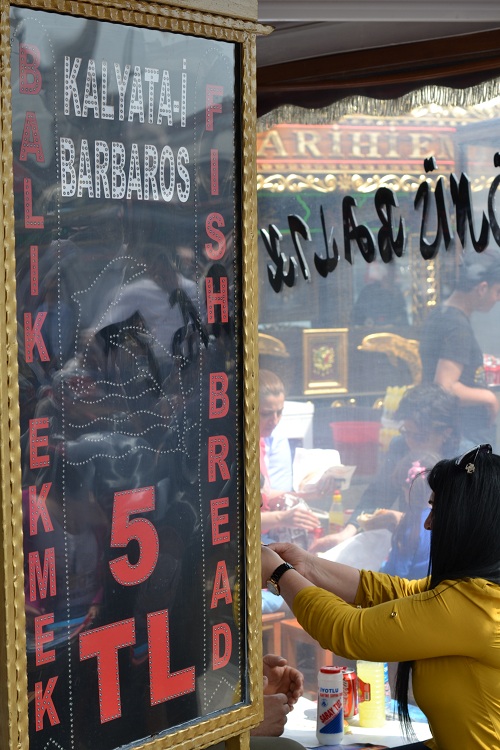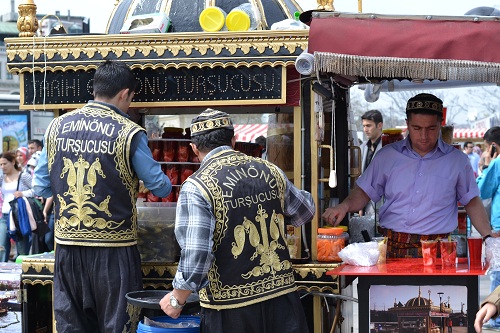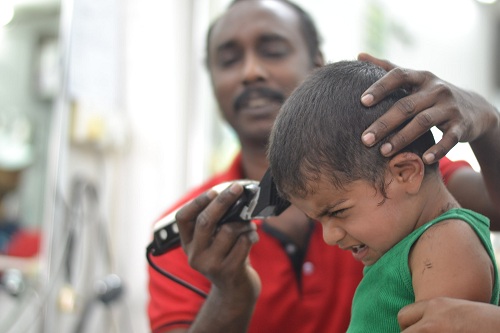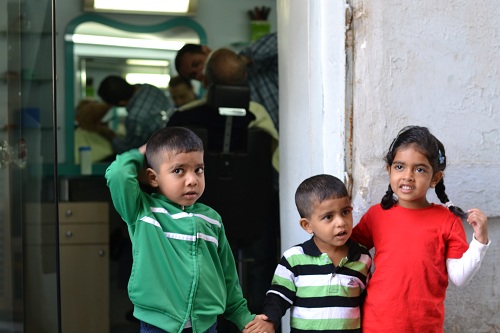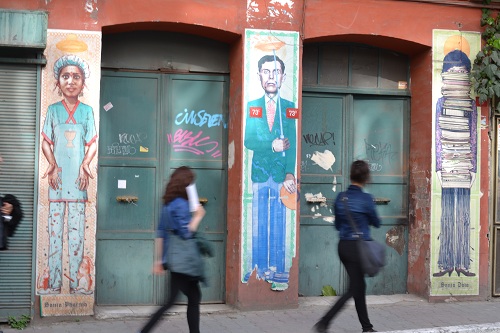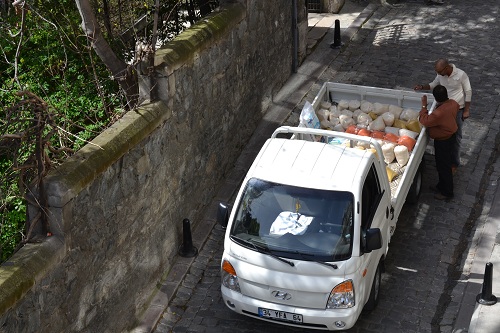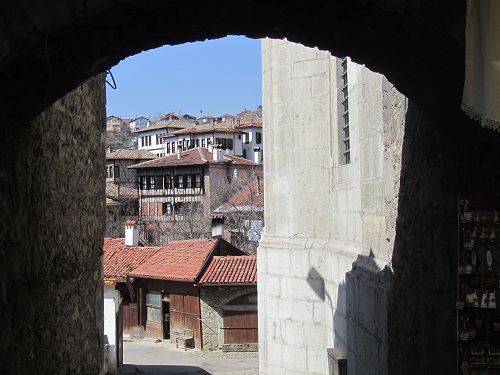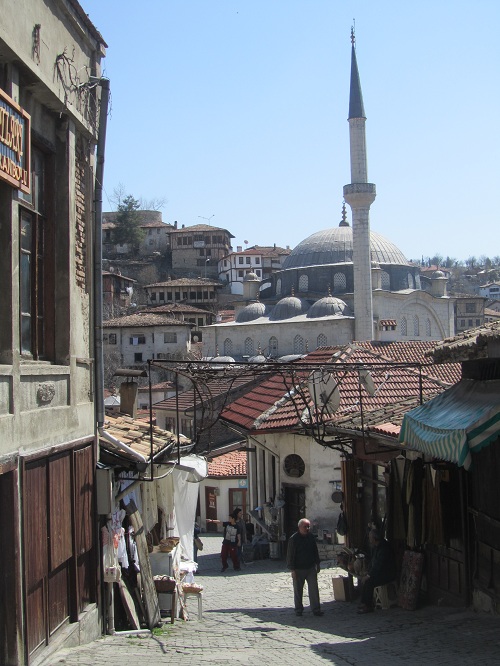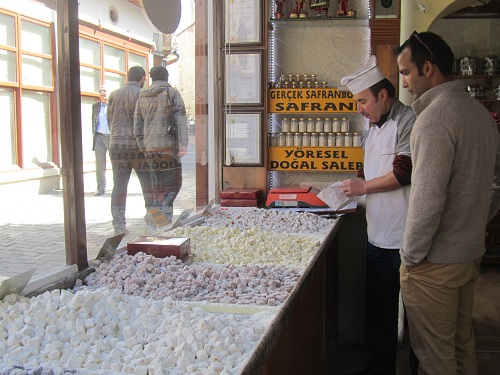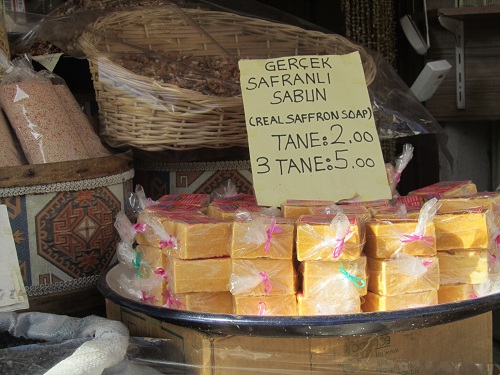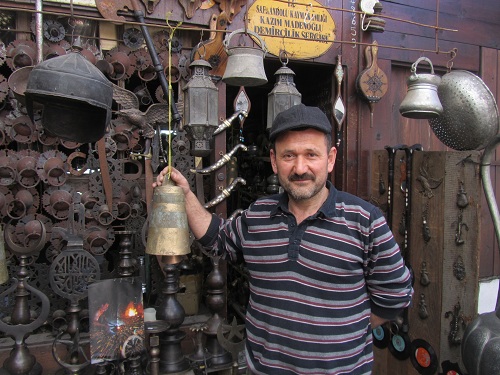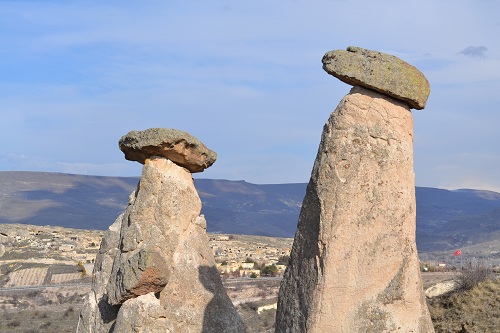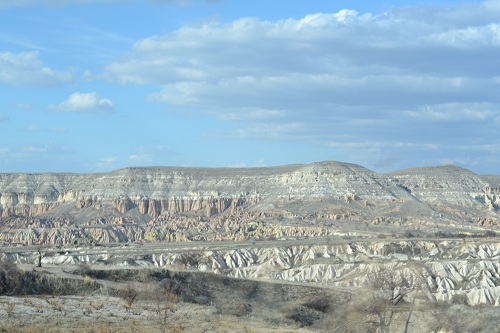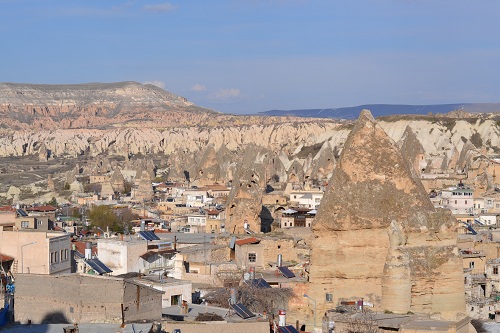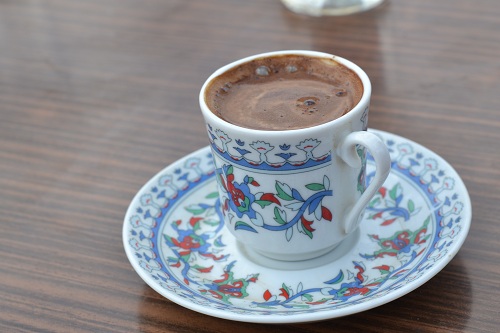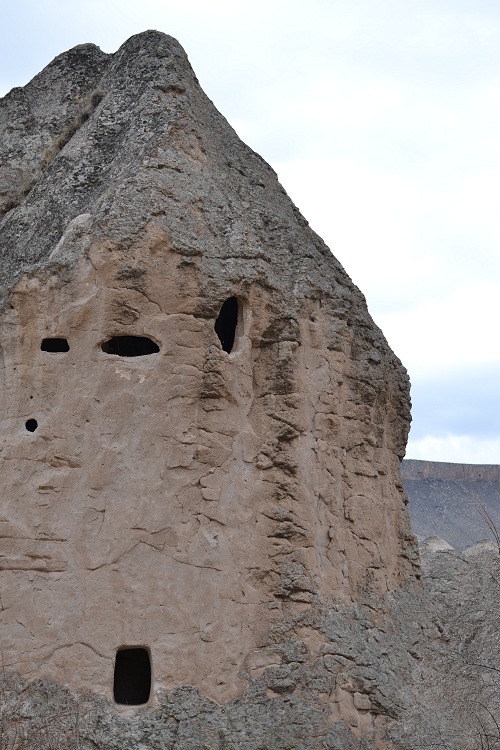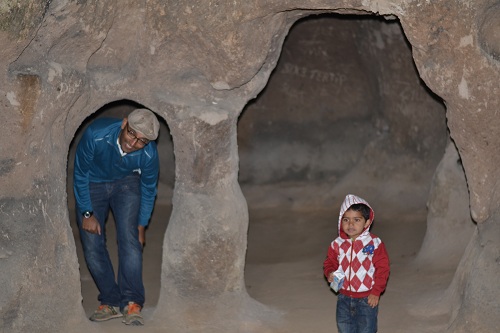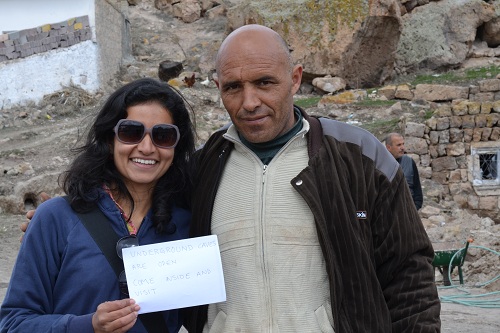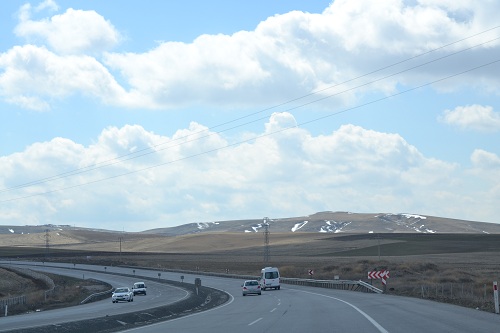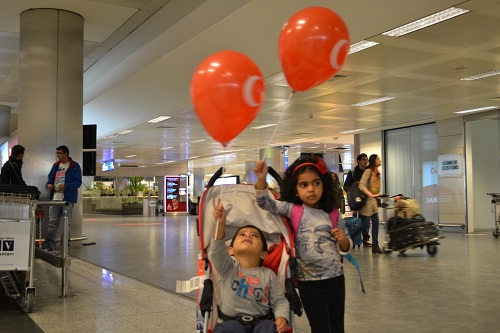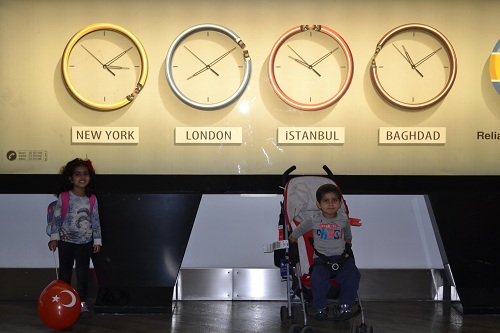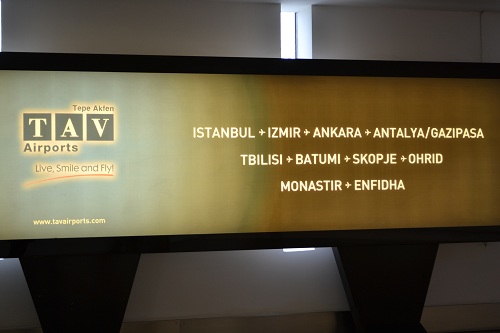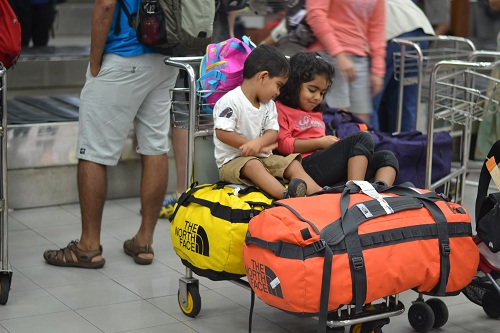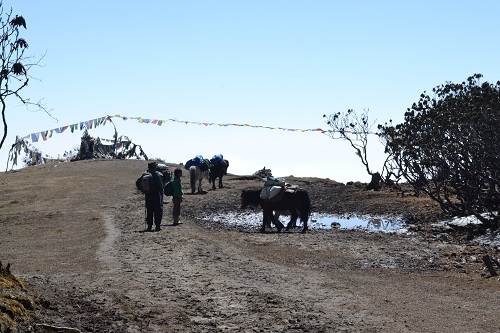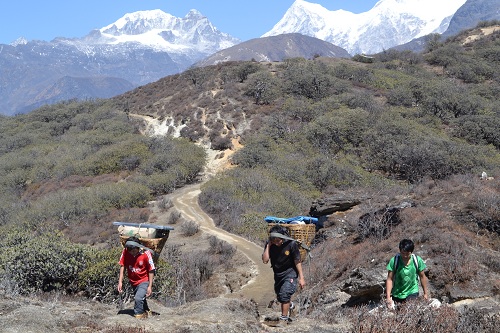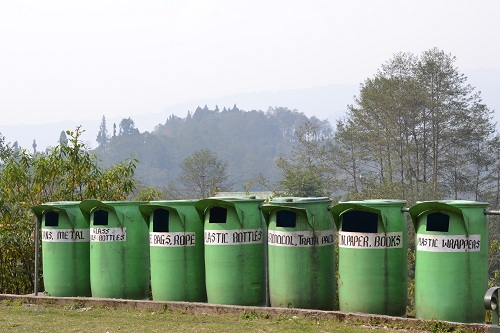We’re traveling the world and avoiding entrance fees. An entrance free usually means that we’re purchasing time in a museum or manicured historic site. It also means that there are masses of tourists and we spend more time controlling the kids than appreciating the surroundings. We’ve missed some significant sites because of it, but we feel more in our element when appreciating history through things like architecture and food. Of course we make exceptions, like when we paid for the Chiang Mai Zoo or the Penang Tropical Spice Garden. Our first ticket purchase in Istanbul was today, when we we gave up 15 Lira each (about $8) to see the Van Gogh Alive exhibit.
I’ve always been a fan of Van Gogh and the exhibit is an opportunity to see 3,000 of his works interpreted in various media. I also have a somewhat gruesome curiosity about Vincent’s life – what with his time as a missionary, cutting off his ear, his obsession with Gauguin and then his supposed suicide.
The exhibit, which spotlights work during his time in France, is a high-sensory experience that transported us into the world of the complicated artist. His paintings, sketches and letters are magnified and displayed on giant screens, walls, columns and the floor of a large warehouse space. More than 3,000 images, many with superimposed moving imagery, rotate through the various backdrops. The entire experience is synchronized to surround sound classical music.
This was not a typical museum experience. The set up encouraged us to live in Van Gogh’s art, to discover what was around each column and view the pieces from every possible angle. With the powerful music, the kids didn’t have to be told to dial down their voices. Ava loved the experience, particularly when the room filled with Van Gogh’s fluffy sunflowers. Unfortunately Kayan was very disturbed when the scenery changed to dozens of gigantic self portraits looming over us. We left shortly there after, but not before paying a visit to Vincent’s Bedroom in Arles.
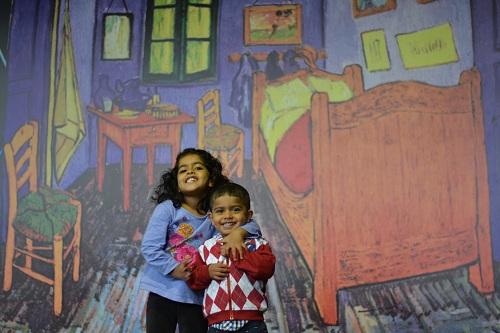
I could have spent the day lost underneath Van Gogh’s explosive Starry Starry Night. We didn’t know that Istanbul had this exhibit until yesterday, but it’s been a highlight of our trip so far. Who knew that a random Thursday afternoon in Istanbul would have us so profoundly appreciating something that required an entrance fee.
“Now I understand what you tried to say to me
how you suffered for your sanity
how you tried to set them free.
They would not listen
they did not know how
perhaps they’ll listen now.”
– Don McLean’s Vincent (Starry Starry Night)
